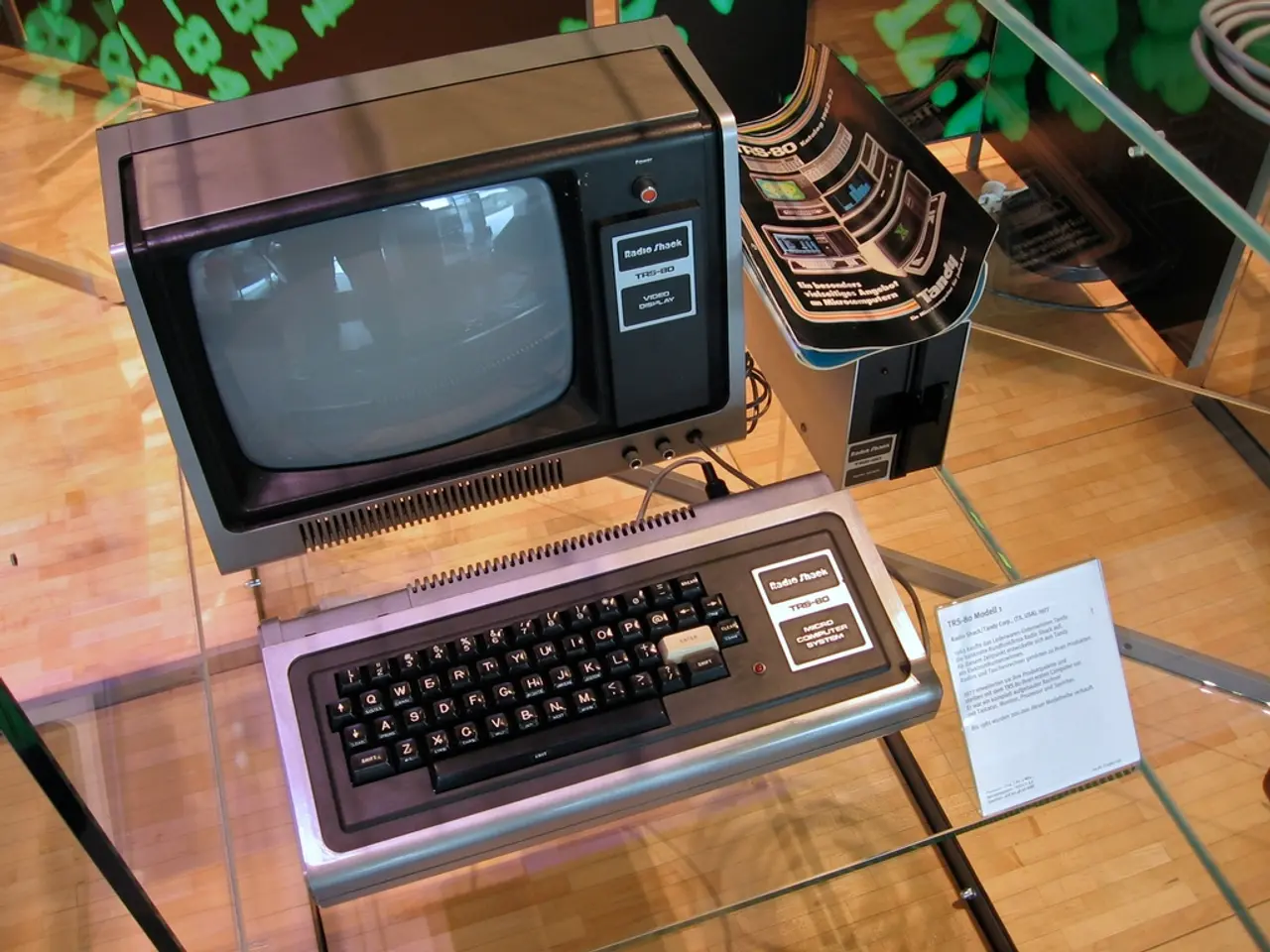Operating System Commands Divided into Privileged and Regular Tasks
Operating systems employ two types of instructions to maintain system stability and security: privileged and non-privileged instructions.
Privileged instructions, also known as supervisor mode instructions, are executed only in kernel mode. These instructions have direct access to critical system resources such as hardware and memory. Due to their sensitive nature, they require special permissions to execute because they perform low-level operations that could disrupt system stability or security if misused. Examples include instructions for managing interrupts, controlling hardware devices, or changing processor mode.
On the other hand, non-privileged instructions can be executed in user mode by any process, including user applications. They have limited access to system hardware or resources and are used for general-purpose computing, such as arithmetic operations, reading system time, or generating software interrupts. These instructions are safe for untrusted code because they can't harm overall system integrity or security directly.
The key differences between the two types of instructions can be summarized as follows:
| Aspect | Privileged Instructions | Non-Privileged Instructions | |-------------------------|-------------------------------------------------|-------------------------------------------------| | Execution mode | Kernel mode (privileged/supervisor mode) | User mode (non-privileged mode) | | Access to resources | Direct access to critical system and hardware | Limited access; mediated access through system calls or APIs | | Execution permissions| Require special privileges and OS control | No special privileges needed | | Purpose | Perform low-level system management and control | Perform general computations and user-level tasks| | Risk | High risk causing system crashes or security vulnerabilities if misused | Low risk; mostly isolated from critical system functions|
This separation enforces protection and stability in operating systems by preventing normal user processes from directly manipulating hardware or vital OS structures, ensuring security and preventing accidental or malicious damage to the system.
Before transferring control to any User Program, it is the responsibility of the Operating System to ensure that the Timer is set to interrupt. Changing the mode from Privileged to Non-Privileged requires a specific type of Non-privileged Instruction. Privileged instructions can only be executed by the operating system kernel or a privileged process, such as a device driver. If any attempt is made to execute a Privileged Instruction in User Mode, it will not be executed and treated as an illegal instruction.
Operating systems using privileged and non-privileged instructions can be complex and challenging to develop and maintain. Compatibility problems may arise among different hardware platforms or operating systems due to the use of these instructions. To mitigate this, the operating system deploys memory protection techniques to restrict processes from accessing any memory location that belongs to it or other processes.
Moreover, the operating system handles the execution of privileged instructions like system calls or exceptions through interrupt handling to ensure safety and accuracy. The operating system also employs access control mechanisms to limit access to privileged instructions.
Using virtualization techniques, the operating system creates a simulated environment where processes can execute privileged instructions without having direct access to the underlying hardware. This approach allows for increased flexibility and compatibility across different hardware and software configurations.
Examples of Non-privileged Instructions include reading the status of the Processor, reading the System Time, generating any Trap Instruction, sending the final printout of Printer. Examples of Privileged Instructions include I/O instructions and Halt instructions, turning off all Interrupts, setting the Timer, Context Switching, clearing the Memory or removing a process from the Memory, modifying entries in the Device-status table.
Non-privileged Instructions are used to limit the execution of privileged instructions in user mode. They are also typically used for performing computations, accessing user-level resources such as files and memory, and managing process control. Overhead and performance degradation can occur due to changes between privileged and non-privileged instructions. However, this distinction between user programs and critical system functions provides stability to the system.
In conclusion, the use of privileged and non-privileged instructions in operating systems is crucial for maintaining system security, stability, and compatibility. By understanding their differences and roles, developers and users can create and interact with operating systems more effectively and securely.
Read also:
- Innovative Company ILiAD Technologies Introduces ILiAD+: Boosting Direct Lithium Extraction Technology's Efficiency Substantially
- Nuclear Ambitions at a U.S. Airport Spark Controversy, With Opposition Swelling
- Haval H6 Hybrid Analysis: Delving into Engine Performance and Fuel Efficiency
- Veolia advocates for sustainability by financing eco-friendly environmental projects








